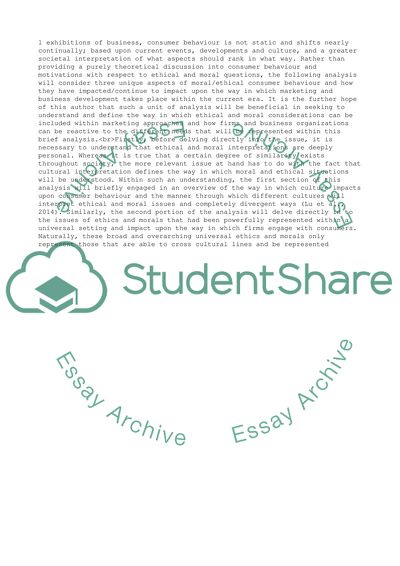Cite this document
(What Defines Consumer Behaviour Essay Example | Topics and Well Written Essays - 4000 words, n.d.)
What Defines Consumer Behaviour Essay Example | Topics and Well Written Essays - 4000 words. https://studentshare.org/business/1652949-what-defines-consumer-behaviour
What Defines Consumer Behaviour Essay Example | Topics and Well Written Essays - 4000 words. https://studentshare.org/business/1652949-what-defines-consumer-behaviour
(What Defines Consumer Behaviour Essay Example | Topics and Well Written Essays - 4000 Words)
What Defines Consumer Behaviour Essay Example | Topics and Well Written Essays - 4000 Words. https://studentshare.org/business/1652949-what-defines-consumer-behaviour.
What Defines Consumer Behaviour Essay Example | Topics and Well Written Essays - 4000 Words. https://studentshare.org/business/1652949-what-defines-consumer-behaviour.
“What Defines Consumer Behaviour Essay Example | Topics and Well Written Essays - 4000 Words”. https://studentshare.org/business/1652949-what-defines-consumer-behaviour.


